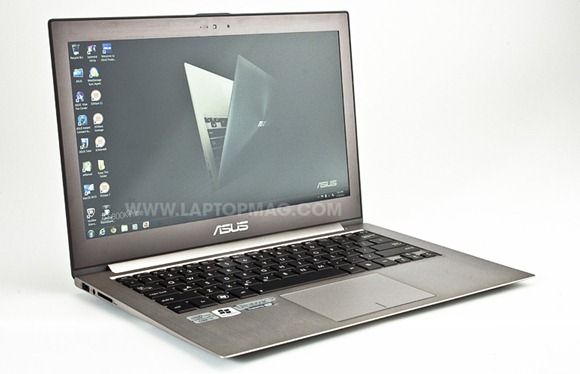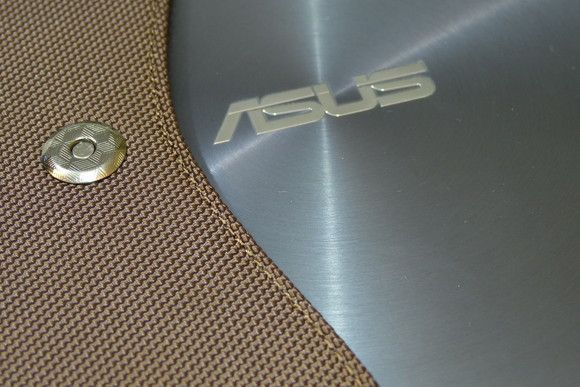 Continuing my Ultrabook game-testing, I wanted to highlight a game that’s free-to-play and worth a shot if you’re a fan of strategy-based games rather than twitch-based first-person shooters. The game in question is League of Legends [2009] which is a standalone game based on the immensely popular Defense of the Ancients mod which ran within Warcraft III [2002] and began its rise to fame in 2003. This is a multiplayer action-RPG which is highly strategic and can take some time to master. In my testing on the UX31 with Core i5 CPU, HD 3000 graphics, and 4GB of RAM, League of Legends runs flawlessly.
Continuing my Ultrabook game-testing, I wanted to highlight a game that’s free-to-play and worth a shot if you’re a fan of strategy-based games rather than twitch-based first-person shooters. The game in question is League of Legends [2009] which is a standalone game based on the immensely popular Defense of the Ancients mod which ran within Warcraft III [2002] and began its rise to fame in 2003. This is a multiplayer action-RPG which is highly strategic and can take some time to master. In my testing on the UX31 with Core i5 CPU, HD 3000 graphics, and 4GB of RAM, League of Legends runs flawlessly.
Tag Archive | "asus"

Ultrabook Gaming: League of Legends — Free-to-play Action-RTS That Runs Great on HD 3000 Graphics
Posted on 29 May 2012

Looking for an Ultrabook with Ports? Here’s Six Well Endowed Ultrabooks
Posted on 24 May 2012
 Ultrabooks a sleek and slim by design. Unfortunately, thickness often has an inverse relationship with number of ports. For many, the Ultrabook is an attractive possibility, but not entirely practical without a decent set of ports. This is not the case for all Ultrabooks, however, and here are six solid suggestions if you need a good portfolio of ports on your Ultrabook.
Ultrabooks a sleek and slim by design. Unfortunately, thickness often has an inverse relationship with number of ports. For many, the Ultrabook is an attractive possibility, but not entirely practical without a decent set of ports. This is not the case for all Ultrabooks, however, and here are six solid suggestions if you need a good portfolio of ports on your Ultrabook.

ASUS Zenbook Prime UX31A Review Impresses Laptopmag
Posted on 22 May 2012
Leaked all the way back in February, the Zenbook refresh news was exciting for many. Full HD displays and a backlit keyboard sounded like the perfect way to improve the popular ASUS Zenbook Ultrabook. At that point we didn’t know if it was going to be a refresh that included the CPU too. Ivy Bridge confirmation followed-up in March and the real deal, the ASUS Zenbook Prime, was seen for the first time in May. Laptopmag.com have now come through with a review of the Zenbook Prime UX31A, and it’s positive.
There’s lots of new info here so lets take a closer look.

Asus Announces Ivy Bridge UX32A/UX32VD Zenbook Ultrabooks with Discrete Nvidia Graphics and More Ports [video]
Posted on 10 May 2012
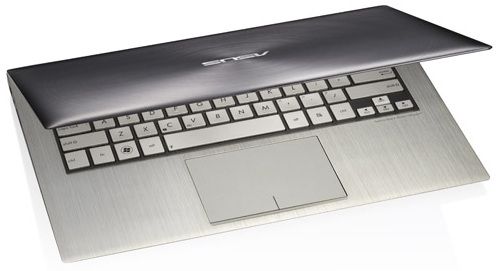 This is an interesting development. We’ve been waiting for Asus to announce the refresh to their current Zenbook line with the Zenbook Prime, which would update the existing UX21E and UX31E to the UX21A and UX31A respectively. Oddly, Asus has gone and announced two entirely different Zenbook models that are different than the two that we had heard about. At a press event in Taipei, Asus has taken the wraps off of the UX32A and UX32VD. Both will use the latest Intel Ivy Bridge CPU and pack in more ports than their predecessors. The UX32VD will have discrete Nvidia graphics.
This is an interesting development. We’ve been waiting for Asus to announce the refresh to their current Zenbook line with the Zenbook Prime, which would update the existing UX21E and UX31E to the UX21A and UX31A respectively. Oddly, Asus has gone and announced two entirely different Zenbook models that are different than the two that we had heard about. At a press event in Taipei, Asus has taken the wraps off of the UX32A and UX32VD. Both will use the latest Intel Ivy Bridge CPU and pack in more ports than their predecessors. The UX32VD will have discrete Nvidia graphics.

Zenbook Prime UX31A Appears on Italian Retailer’s Website, More Evidence for Ivy Bridge and 1080p Display
Posted on 09 May 2012
 The Zenbook Prime (UX31A, the 13.3″ model) has appeared on the Italaian retailer website Fnac. There has still be not official confirmation of the full specs of the Zenbook Prime series from Asus, but all signs are now pointing to a next-gen Ivy Bridge CPU being on board as well as a full 1920x1080p display. Additionally reworked keyboard with backlight is expected to grace this sleek Ultrabook. The retailer listing also gives us an indication of the prices that we can expect to see at launch.
The Zenbook Prime (UX31A, the 13.3″ model) has appeared on the Italaian retailer website Fnac. There has still be not official confirmation of the full specs of the Zenbook Prime series from Asus, but all signs are now pointing to a next-gen Ivy Bridge CPU being on board as well as a full 1920x1080p display. Additionally reworked keyboard with backlight is expected to grace this sleek Ultrabook. The retailer listing also gives us an indication of the prices that we can expect to see at launch.

ASUS Preparing Lower-Cost UX32A and UX32Vd, Potentially Killing the UX21 and UX31
Posted on 13 March 2012
I don’t believe any of the Gen-1 Ultrabooks should be taken off the market to be replaced with Ivy Bridge models but there’s a risk that they will be if manufacturers adopt a two-prong approach with low and high-end Ivy Bridge devices. News just in via The Verge says that new Ivy Bridge Ultrabooks, the UX32A and UX32Vd, will start at $800. Does that leave any space for price drops on the UX21 and UX31?
While old stock may go for cheaper prices in Q3 we think it’s unlikely that the UX21 and UX31 will continue on the production line.
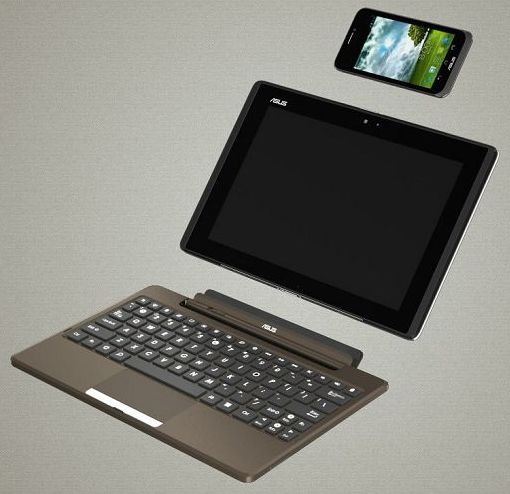
Asus PadFone to be Released in April. Updated PadFone 2012 Design Gallery and Official Specs
Posted on 05 March 2012
The Asus PadFone is one of the most unique devices soon to be hitting the Android market. The PadFone can exist in three different states — as just the phone itself, as a tablet (by putting the phone into the tablet dock), and as a smartbook (by attaching the keyboard to the tablet). Android 4.0 Ice Cream Sandwich ties this all together by providing a UI that scales between each of these form-factors.
NetbookNews points out that Asus has just announced via Google+ (in the comments) that the PadFone release date will be in April. Pricing will be coming in the next few weeks also, according to Asus.
When Asus first introduced the PadFone, it was really just a prototype. Just last week at MWC, Asus unveiled what appears to be the final version of the device which features a totally redesigned phone component and some changes to the tablet portion. Here is a gallery of the retail design of the PadFone:
Asus has also now published the official specs for the PadFone on the product page:
| Platform | Android 4.0 (Ice Cream Sandwich) |
| Dimensions | PadFone 128 x 65.4 x 9.2 mm (LxWxH) PadFone Station 273 x 176.9 x 13.55 mm (WxDxH) |
| Weight | PadFone: 129 g (with battery) PadFone Station 724 g |
| CPU | Qualcomm Snapdragon S4 8260A Dual-Core 1.5 GHz |
| Memory | 16/32/64 GB eMMc Flash |
| Memory Slot | Micro-SD card |
| Connectivity Technology | WLAN 802.11 b/g/n |
| Network Standard | WCDMA HSPA+ UL:5.76 Mbps/DL:21 Mbps 3G : WCDMA : 900/2100 2G : EDGE/GPRS/GSM : 850/900/1800/1900, |
| GPS | Qualcomm GPS (AGPS supported) |
| Display | Padfone: 4.3inches, qHD 960×540, Super AMOLED with Capacitive Multi touch panel Scratch Resistant Corning® Gorilla® Glass with HCLR Film Padfone Station: 10.1inches, WXGA 1280×800, TFT with Capacitive Multi touch panel Scratch Resistant Corning® Gorilla® Glass with HCLR Film |
| Battery | PadFone 1520 mAh Lithium PadFone Station 24.4 Whr/6600 mAh Lithium |
| Standby Time | 373 /440 hours(2G/3G) |
| Talk Time | 10.8 /8.5 hours(2G/3G) |
| Camera | PadFone Front 0.3 Mega-Pixel Rear 8 Mega-Pixel Auto Focus LED Flash F2.2 Aperture PadFone Station Front1.3 Mega-Pixel |
| Video | Video Playback : MPEG4 H.264 1.4a H.263 WMV @ HD 1080p Video Recording : MPEG4 H.264 H.263 @ HD 1080p H.264 Video Decode @ 720p Encode @ 1080p |
| Audio Slot | 3.5mm |
| Audio | MP3/WMV/3GP/AAC/AAC+ |
| Browser | Google Browser/Youtube Browser |
| Messaging | SMS/MMS/IM/Email |
| Google Mail/Exchange | |
| Sensor | G-Sensor/E-Compass/Gyroscope/Proximity/Light Sensor/Motion Sensor/Vibration Sensor (PadFone Station) |
| Accessories | Stylus Headset Station Dock Sleeve |
| PadFone Station | 2-in-1 Audio Jack(Head Phone, Microphone-in),40pin connector Micro-USB / Micro-HDMI Phone Antenna / GPS Antenna High Quality Speakers, SonicMaster |
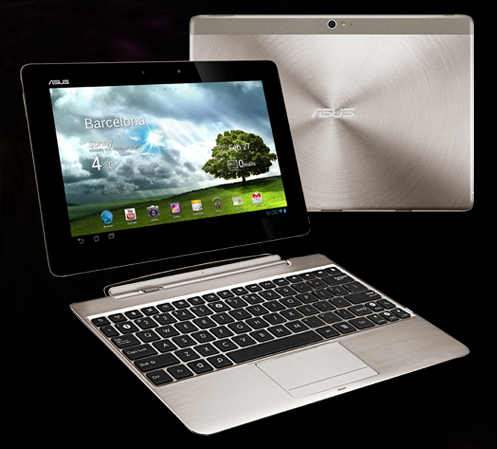
Asus Transformer Pad Infinity with 1920×1200 Display and Platform Options
Posted on 29 February 2012
 Asus has gone ahead and revealed the Transformer Pad Infinity (700 series), their latest and most premium tablet to date, at MWC 2012. The Transformer Infinity’s stand-out feature is a 10.1″ full HD 1920×1200 Super IPS+ display which uses Corning’s Gorilla Glass 2 for added scratch resistance and protection against breakage. The chassis (less the dockable keyboard) is a mere 8.5mm thick. Chippy has a hands-on video with the Transformer Pad Infinity right from MWC:
Asus has gone ahead and revealed the Transformer Pad Infinity (700 series), their latest and most premium tablet to date, at MWC 2012. The Transformer Infinity’s stand-out feature is a 10.1″ full HD 1920×1200 Super IPS+ display which uses Corning’s Gorilla Glass 2 for added scratch resistance and protection against breakage. The chassis (less the dockable keyboard) is a mere 8.5mm thick. Chippy has a hands-on video with the Transformer Pad Infinity right from MWC:
Interestingly, the Transformer Infinity can come in one of two variants that use separate platforms. The first of which is based on Nvidia’s quad-core Tegra 3, just like the Transformer Prime and Transformer 300, running at 1.6GHz. The Tegra 3 model is WiFi-only and has no 3G/4G connectivity. If you want to go the 4G LTE route, you’ll be greeted with a variant of the Transformer Infinity which is based on Qualcomm’s dual-core Snapdragon S4 ‘Krait’ Dual-core CPU running at 1.5Ghz. So we’re looking at quad-core 1.6GHz Tegra vs. dual-core 1.5GHz Snapdragon; I’m wondering whether or not there will be a significant difference between between the two, or perhaps even a difference in price (controlling for the price of the radios of course).
There’s no word yet about a price or release date for the Transformer Pad Infinity, but Asus has put up a micro-site for the product, and we’re expecting to hear about availability and pricing in the next month or so.
Other features and specs, which are common no matter which variant you’re looking at, are Android 4.0 Ice Cream Sandwich, 1GB of RAM, 32/64GB of storage (or as low as 16GB on the 4G LTE model), an 8MP rear-facing camera (2MP front-facing), micro-HDMI port, microSD slot, and the optional keyboard dock which features an additional battery as well as a full-sized USB 2.0 port and a full-sized SD card slot.
 |
| |||
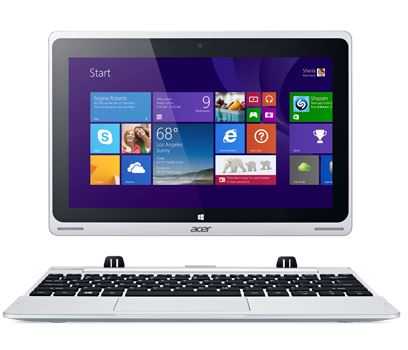 |
| |||
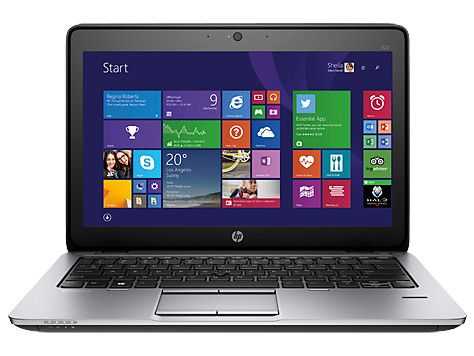 |
| |||
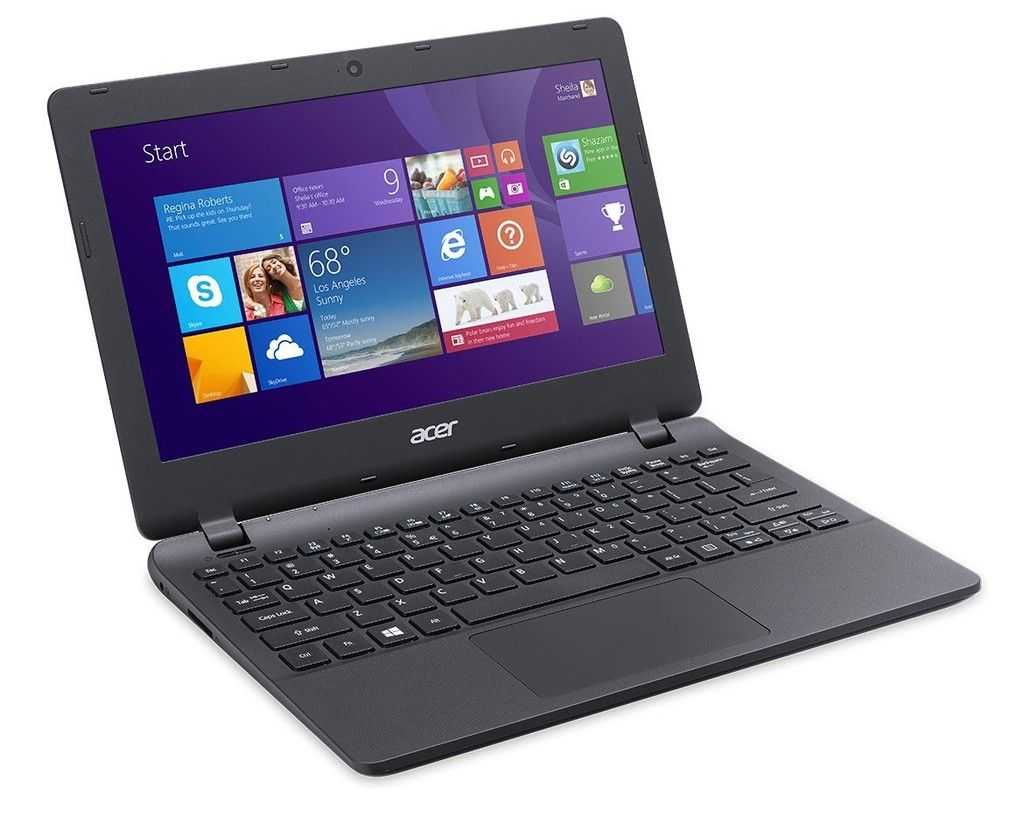 |
| |||
 |
| |||
 |
| |||
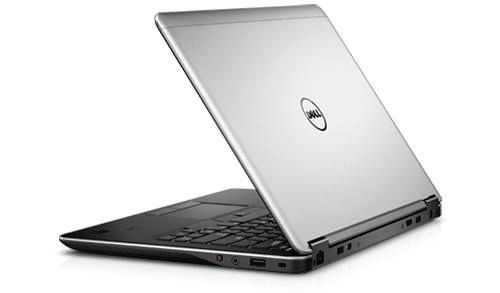 |
| |||
 |
| |||
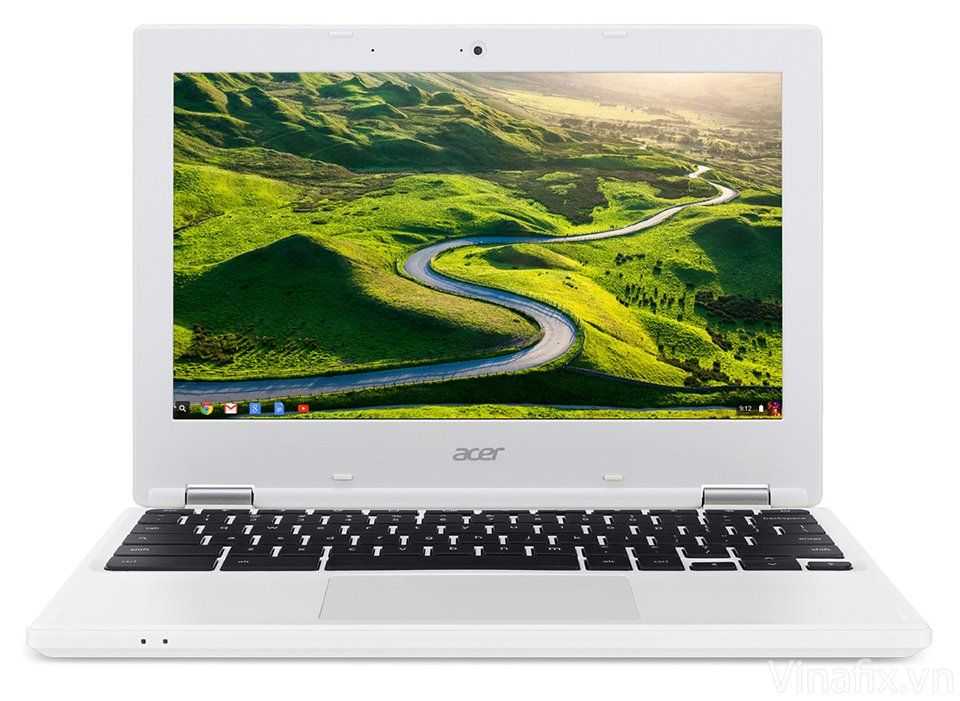 |
| |||
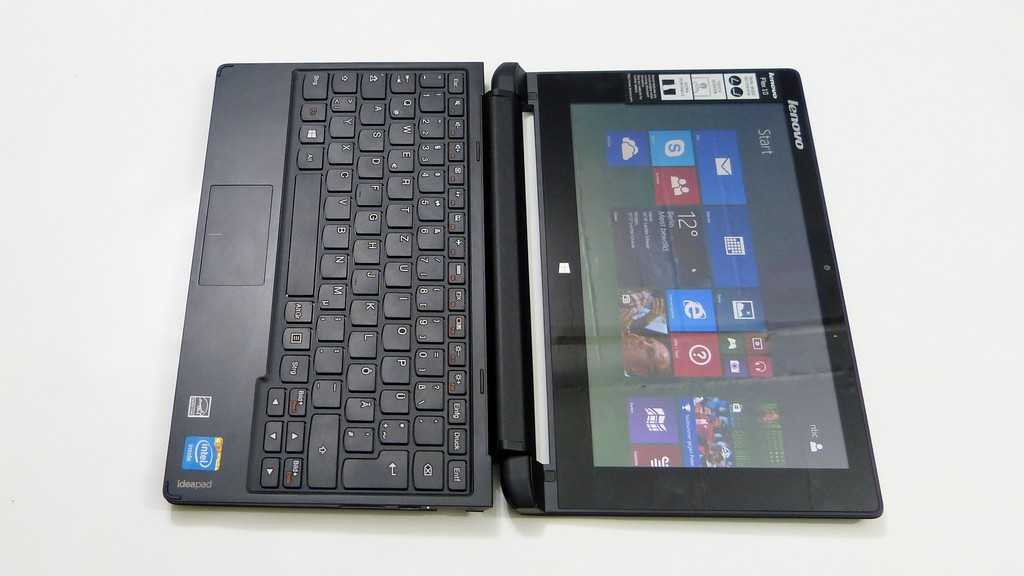 |
|

